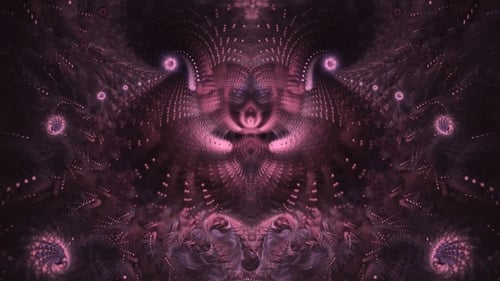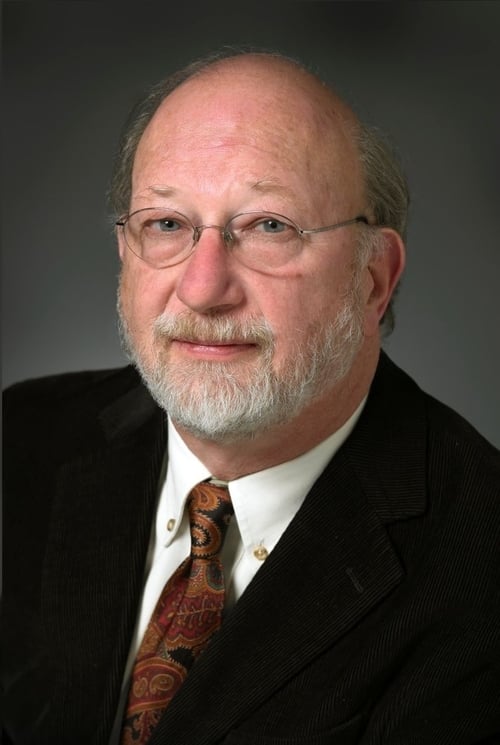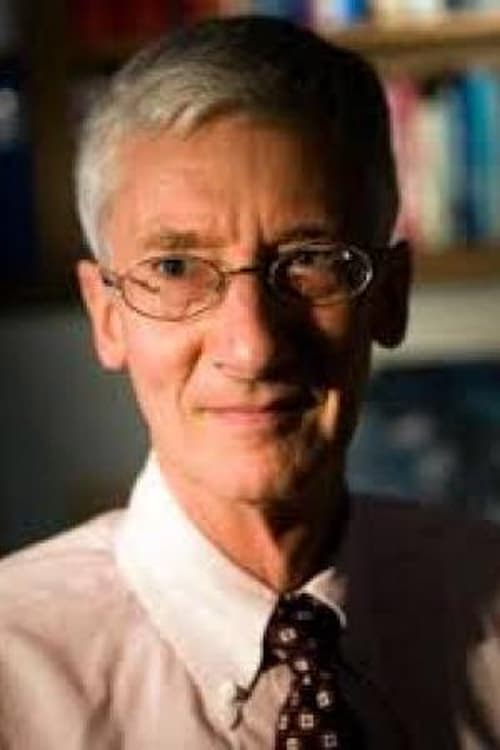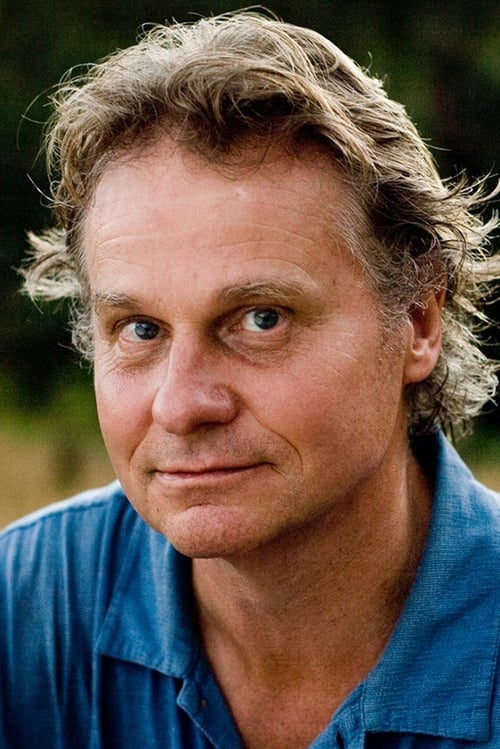Neurons to Nirvana (2013)
Gênero : Documentário
Runtime : 1H 9M
Director : Oliver Hockenhull, Mikki Willis
Sinopse
Through interviews with leading psychologists and scientists, Neurons to Nirvana explores the history of four powerful psychedelic substances (LSD, Psilocybin, MDMA and Ayahuasca) and their previously established medicinal potential. Strictly focusing on the science and medicinal properties of these drugs, Neurons to Nirvana looks into why our society has created such a social and political bias against even allowing research to continue the exploration of any possible positive effects they can present in treating some of today's most challenging afflictions.

Documentary written and presented by scientist Richard Dawkins, in which he seeks to expose "those areas of belief that exist without scientific proof, yet manage to hold the nation under their spell", including mediumship, psychokinesis, acupuncture, and other forms of alternative medicine.

Plant Explorer Richard Evans Schultes was a real life Indiana Jones whose discoveries of hallucinogenic plants laid the foundation for the psychedelic sixties. Now in this two hour History Channel TV Special, his former student Wade Davis, follows in his footsteps to experience the discoveries that Schultes brought to the western world. Shot around the planet, from Canada to the Amazon, we experience rarely seen native hallucinogenic ceremonies and find out the true events leading up to the Psychedelic Sixties. Featuring author/adventurer Wade Davis ("Serpent and the Rainbow"), Dr. Andrew Weil, the Grateful Dead's Bob Weir and many others, this program tells the story of the discovery of peyote, magic mushrooms and beyond: one man's little known quest to classify the Plants of the Gods. Richard Evans Schultes revolutionized science and spawned another revolution he never imagined.

Diabetes. Prostate cancer. Alcoholism. Parkinson's diseases. Just a handful of many common illnesses that Western medicine has been inadequate in curing or treating. Witness the story of eight brave souls as they leave the developed world behind in search of deeper answers. Living in seclusion for one month in the heart of the Amazon jungle, these men and women take part in the powerful healing practices of Peru's indigenous medicine men, working with centuries-old plant remedies and spiritual disciplines. In their most desperate hour, these patients are forced to confront not only their physical ailments, but their own spiritual and psychological barriers in the process. Five will return with real results, two will return disappointed, and one won't come back at all.

The secrets about unlocking the mysteries of consciousness by plant-drugs. The related chances and risks involved in this shamanism.

By coincidence rather than by design, the Swiss chemist Albert Hofmann makes a sensational discovery in the spring of 1943. He realizes that he is dealing with a powerful molecule that will have an impact that reaches far beyond the scientific world. THE SUBSTANCE is an investigation into our troubled relationship with LSD, told from its beginnings to today.

SHAMANS OF THE AMAZON is a personal account of filmmaker Dean Jefferys as he returns to the Amazon with his partner and one year old daughter. They journey deep into the Ecuadorian rainforest to learn about and experience the ancient ayahuasca healing ceremony. The film brings to the viewer an intimate and fascinating look at the shamans of the Amazon, and the life that is threatened by ecological destruction.

Filmed in the jungles of Peru, shaman Don Jose Campos introduces the practices and benefits of Ayahuasca, the psychoactive plant brew that has been used for healing and visionary journeys by Amazonian shamans for at least a thousand years.

A young girl relates what happened during her first LSD trip, when – among other things – her food began talking to her.

On a quest for emotional healing and spiritual awakening, a naturopathic doctor and an accountant join others in the Peruvian Amazon to drink a psychedelic brew called ayahuasca.

Aya: Awakenings' is an experiential journey by journalist Rak Razam into the world and visions of ayahuasca, a powerful hallucinogenic plant medicine from the Amazon, capturing the experience and the western dynamic around it in unprecedented detail.

"Time is Art" is ultimately the story of an artist's search for inspiration in a money-driven society that shuns creativity, and of the human search for meaning in a seemingly meaningless world.

This documentary examines ayahuasca shamanism near Iquitos (a metropolis in the Peruvian Amazon), and the tourism it has attracted. The filmmakers talk with two ayahuasqueros, Percy Garcia and Ron Wheelock, as well as ayuahuasca tourists and local people connected with the ayahuasca industry.

Benito Arévalo is an onaya: a traditional healer in a Shipibo-Konibo community in Peruvian Amazonia. He explains something of the onaya tradition, and how he came to drink the plant medicine ayahuasca under his father's tutelage. Arévalo leads an ayahuasca ceremony for Westerners, and shares with us something of his understanding of the plants and the onaya tradition.

Shipibo healer Ricardo Amaringo describes how he prepares, teaches, and shares the plant medicine ayahuasca. Olivia and Julian Arévalo sing examples of icaros (healing songs) in the Shipibo language.

Hamilton Souther is the founder of Blue Morpho Tours, a company that caters to ayahuasca tourists in the Peruvian Amazon. Souther talks about the events that led him to Amazonian shamanism. Five first-time ayahuasca drinkers on a nine-day retreat with Blue Morpho relate their experiences.

Michael Wiese documents his 10-day ayahuasca retreat at a lodge in the Peruvian Amazon.

After years of suffering from post-traumatic stress disorder, six US veterans of the wars in Iraq and Afghanistan travel to Peru on a quest for healing. With the help and guidance of three brothers who are traditional healers, they take ayahuasca and other plant medicines during a 10-day retreat in the Amazon rainforest.

“I am a hypochondriac”, admits Rosa Von Praunheim, the icon of the gay movement, right at the beginning at the film. The director, who turned seventy in 2012, is afraid of cancer, and he actually suffers from glaucoma, with osteoarthritis in his big toe. Von Praunheim is interested in alternative medicine and goes on a foray into the scene.

Câncer é a única doença que foi derrotada dezenas de vezes sem ninguém saber. Nos últimos 100 anos, os médicos, cientistas e pesquisadores desenvolveram soluções diversificadas e eficazes contra o câncer e acabaram sendo prejudicados pelo poder político e de propaganda da profissão médica, dominada pelas indústria farmacêutica. Esta é a história de Essiac, Hoxsey, Laetrile, Cartilagem de Tubarão, Visco e bicarbonato de soda, todos juntos em uma visão deslumbrante que não deixam dúvidas que curas de baixo custo para o câncer existem, mas são sistematicamente bloqueadas pela Grande Máquina Farmacêutica por virem da natureza e não poderem ser patenteadas. É um documentário altamente informativo.. Altamente informativo. tagline Câncer é a única doença que foi derrotado dezenas de vezes sem ninguém saber. Por quê?

It is late 2004, and 34-year-old Englishman Alistair Appleton is about to fly from London to the Brazilian coast, where he will drink ayahuasca for the first time. With wit, insight, and sensitivity, Alistair shares this experience with us, and chats with some fellow participants before and after the ayahuasca ceremonies. For the past few years, Alistair had been working as a television presenter. In 2000, he started making trips to the Centre for World Peace and Health in Scotland to learn how to meditate. When clinical psychologist Silvia Polivoy opened an ayahuasca healing center in Bahia in 2004, Alistair faced his fears and seized the opportunity to attend.

Este documentário produzido no ano de 2004, relata a terapia que CURA praticamente todas as doenças. Foi desenvolvida por um médico judeu alemão chamado Dr. Max Gerson. A Terapia Gerson, como ficou conhecida é baseada em nutrição, desintoxicação e suplementação, permitindo assim que os mecanismos de cura do nosso próprio corpo atuem.

Depicts a cast of fine artists and eccentric scientists (from MIT and NASA) who have devoted their lives to the unlikely medium of modern origami. Through their determination to reinterpret the world in paper, they arouse a fascinating mix of sensibilities towards art, form, expressiveness, creativity and meaning

THE SPIRIT MOLECULE weaves an account of Dr. Rick Strassman's groundbreaking DMT research through a multifaceted approach to this intriguing hallucinogen found in the human brain and hundreds of plants, including the sacred Amazonian brew, ayahuasca. Utilizing interviews with a variety of experts to explain their thoughts and experiences with DMT, and ayahuasca, within their respective fields, and discussions with Strassman’s research volunteers, brings to life the awesome effects of this compound, and introduces us to far-reaching theories regarding its role in human consciousness.

A sequel to 2006's Who Killed the Electric Car?, director Chris Paine once again looks at electric vehicles. Where in the last film electric cars were dismissed as uneconomical and unreliable, and were under multiple attacks from government, the auto industry, and from energy companies who didn't want them to succeed, this film chronicles, in the light of new changes in technology, the world economy, and the auto industry itself, the race - from both major car companies like Ford and Nissan, and from new rising upstarts like Tesla - to bring a practical consumer EV to market.

Mysteries of the Unseen World transports audiences to places on this planet that they have never been before, to see things that are beyond their normal vision, yet literally right in front of their eyes. Mysteries of the Unseen World reveals phenomena that can't be seen with the naked eye, taking audiences into earthly worlds secreted away in different dimensions of time and scale. Viewers experience events that unfold too slowly for human perception

A ascensão da humanidade é frequentemente medida pela velocidade do progresso. Mas e se o progresso for realmente um espiral invertido, em direção ao colapso? Ronald Wright, cujo best-seller, "A short history of progress" inspirou "Sobrevivendo ao Progresso", mostra como antigas civilizações foram destruídas por “armadilhas do progresso" - tecnologias atraentes e sistemas de crenças que servem as necessidades imediatas, mas não resguarda o futuro. Como a pressão sobre os recursos do mundo acelera e elites financeiras levam nações à falência, poderá nossa civilização globalmente entrelaçada escapar de uma última armadilha catastrófica do progresso? Com imagens poderosas e insights clarificadores de pensadores que examinaram nossos genes, nossos cérebros e nosso comportamento social, este réquiem ao progresso como conhecemos também representa um desafio: provar que educar os macacos não é uma má ideia evolucionária.















